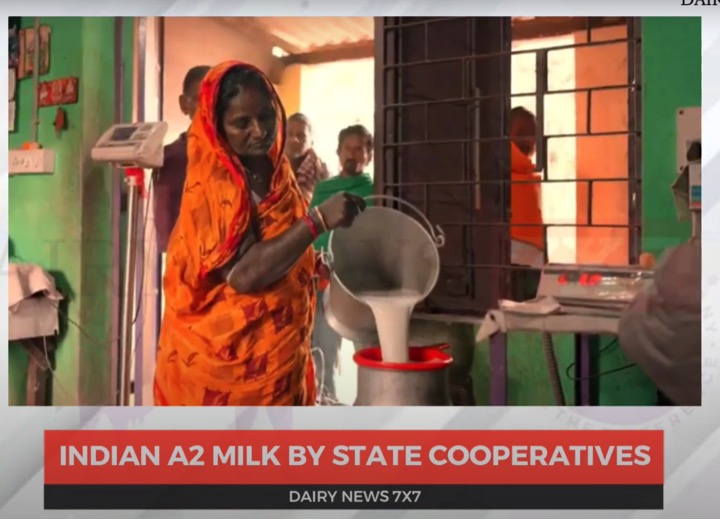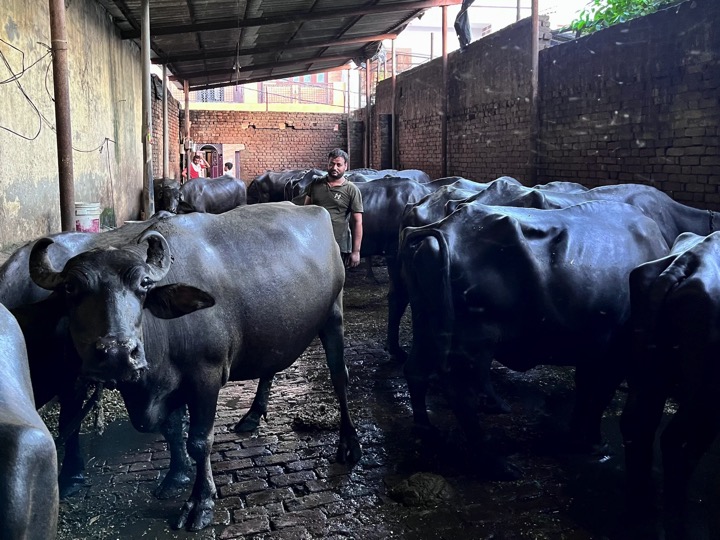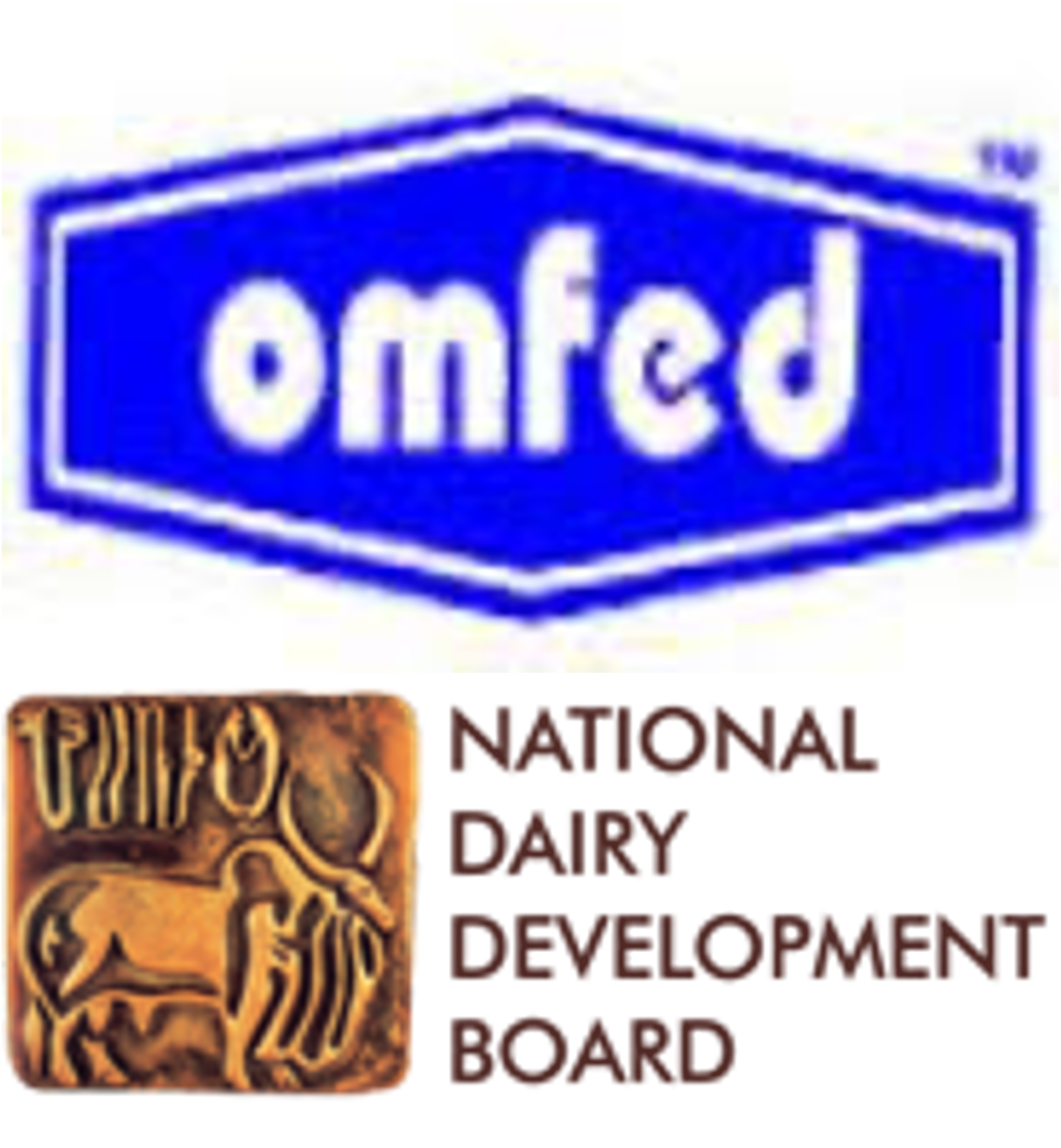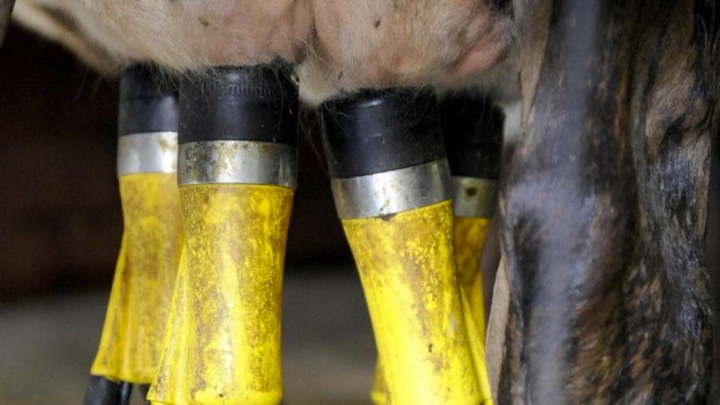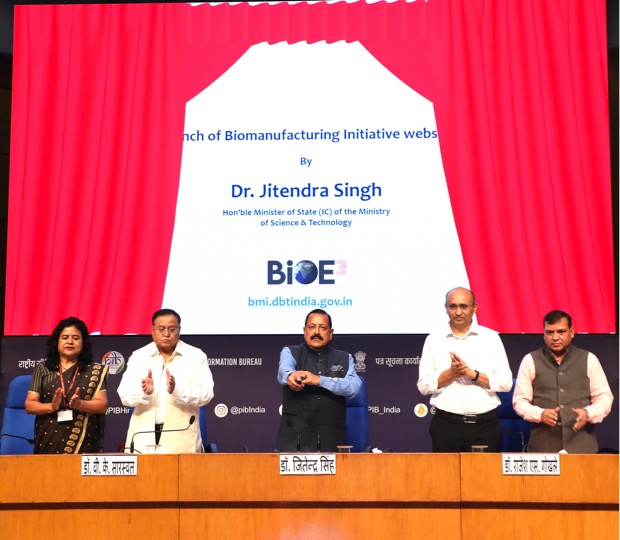Even as some parts of the world worry about a shortage of milk and dairy products, governments in other regions are actively trying to reduce dairy farming.
That is the unprecedented market situation facing the Irish dairy industry, which exports more than 1.7 million tonnes of product to more than 130 countries.
In 2022, global milk production was estimated to have grown only by eight million tons, compared to the average annual growth of 24 million tons in each of the previous five years.
Even with high inflation reducing the affordability of dairy products, and a resulting decrease in per capita consumption of 0.2% compared to 2021, there was modest demand growth in 2022, driven by a stable world population growth of around 1%.
Despite a record high milk price, dairy farmers around the world did not turn on the tap to increase milk deliveries. They were unable to do so, because higher milk production costs have become a concern almost everywhere, dating back to the Russian invasion of Ukraine in February 2022 which disrupted energy, fertiliser, and food markets.
The resulting higher energy prices, and lower fertiliser availability, put enough pressure on dairy farmers’ profitability to reduce global production growth in milk deliveries to one of the lowest levels ever seen.
For many in the dairy industry globally, the question now is how to develop a sustainable future milk pool to meet continuing growth in demand for dairy products.
This challenge is especially acute in a county like the Netherlands, the member state that is the third biggest milk supplier in the EU.
The country will lose 0.6% of its milk production if the 90 dairy farmers who have expressed interest in the government’s buy-out scheme go ahead and participate.
There’s nearly €1.5bn on offer in two farm buyout schemes offered by the government as part of their policy to protect the environment.
Interest in participating has been expressed by more than 500 farmers, of which 231 are pig farmers, 94 poultry farmers, 90 dairy farmers, and 74 veal farmers.
If they sign up, 3,000 “peak nitrogen emitters”, who farm within 25km of Natura 2000 areas will be compensated to the tune of 120% of the replacement value of housing, loss of production rights, demolition costs, etc. There’s also a general buyout scheme scheme offering 100% compensation.
The country’s farmer organisations warn that the 90 buyout applicants out of the country’s 14,000 dairy farmers are only the tip of an iceberg for the dairy industry, because so many environmental measures are piling up against farmers, whether anti-pollution, climate action, biodiversity protection, water quality protection, or new animal welfare rules.
The highly respected Wageningen University & Research warns that the cumulative effect of measures could be a 25% reduction in Dutch farming by 2030.
For example, Dutch livestock farmers have to pay to get rid of excess manure, while also paying high 2023 prices for artificial fertiliser, due to the gradual reduction of the nitrates derogation in the Netherlands towards its phaseout in 2026.
The Dutch farmer organisations point out that farmers need assurances of a viable future farming business model, but their trust in government assurances is low, so they are unlikely to invest in increasing production.
Meanwhile, when buyout applicants sign up, they lose their animal production rights, and production must cease within 12 months. They can continue farming, for example, arable farming or agri-tourism, but only if nitrogen emissions remain below 15% of historic emissions.
Such is the direction of modern farming in the more developed countries, where the challenges mostly are political side (animal welfare or environmental regulations), as well as the lack of labour and willing successors, and the shortage of land to expand or even maintain production.
And the milk production shortfall may not be taken up by less developed regions, because of their uncertain economic and political conditions and lack of infrastructure like roads, energy and water.
How will these unprecedented global trends in the dairy industry affect the milk prices paid to Irish farmers? As usual, it’s a guessing game, and milk prices are likely to stay as volatile as ever..

Emma Higgins, Rabobank senior agricultural analyst.
But the market could go from volatile to “whiplash”, warns Rabobank senior agricultural analyst Emma Higgins. She said that lower global milk prices this year slowed supply in key dairy production regions, and there is an increasing possibility of a global demand resurgence before milk output can recover, creating a whiplash effect in global markets, and “a bullish run-in to 2024”.
That could happen despite dairy demand recovery in China, the world’s largest dairy importer, being put on the long finger by the lull in Chinese economic growth. That demand reduction is offset by milk production from the Big 7 export regions of New Zealand, Australia, the EU, the US, Uruguay, Brazil and Argentina growing only by a predicted 0.3% in 2023. Ms Higgins said Rabobank predicts growth to rise to only 0.4% in 2024.
With global milk production on course to match demand growth, further significant price declines are unlikely.
“If buyers become increasingly confident that prices have hit a low for this cycle, and flock back to procure products en masse, the world may be short on milk,” she said.
“And this could create a whiplash-like effect for global dairy prices, with the possibility that the weak global supply situation is faced with stronger demand. Such a whiplash effect could be set off by falling milk output in No 1 exporter New Zealand.
“Our own expectation for the full 23-24 season is that New Zealand production will fall by 0.7% year-on-year, driven by the lower milk price forecast.”
A departure from normal weather patterns could shift production expectations even lower. In fact, this is already happening in India, the world’s largest dairy producing and consuming country, where dryness has limited exports of certain products, adding to disease hitting cow numbers.
Could the dairy market whiplash have started already?
Global Dairy Trade (GDT) is the world’s leading trading platform for dairy products, and prices at their auction last week rose again, while volumes for sale dropped. The GDT Price Index climbed 4.3%, on top of a 12% surge off the mid-August price low.
Buyers at the auction will have noted the just announced reduced milk production in New Zealand’s North Island, adding to worries that the El Niño weather pattern’s dramatic temperature swings during the next three months may further reduce milk production down under, further supporting global dairy prices.
The changing market sentiments may have come just in time for Irish co-ops to halt their milk price cuts of the last three months, and to hold September milk prices unchanged.
They did so despite the Ornua Purchase Price Index monthly indicator of market returns on dairy products purchased by Ornua dipping from 119.2 for August to 117.4 for September.
Farmers will hope the market is moving in the right direction for them, because there will be plenty bumps in the road ahead.
For example, when China switches in January to a 0% import tariff on New Zealand dairy products, will the EU and other exporters (most pay a 10% import tariff, Australia pays 2%) be able to shift dislodged exports to other destinations? How will that affect the EU, which supplied 29% of China’s skim milk powder imports so far this year?
Source : Irish Examiner Oct 26th 2023 by STEPHEN CADOGAN










